FEATURES|COLUMNS|Creativity and Contemplation
Love in the Time of Coronavirus, Part One: Refuge
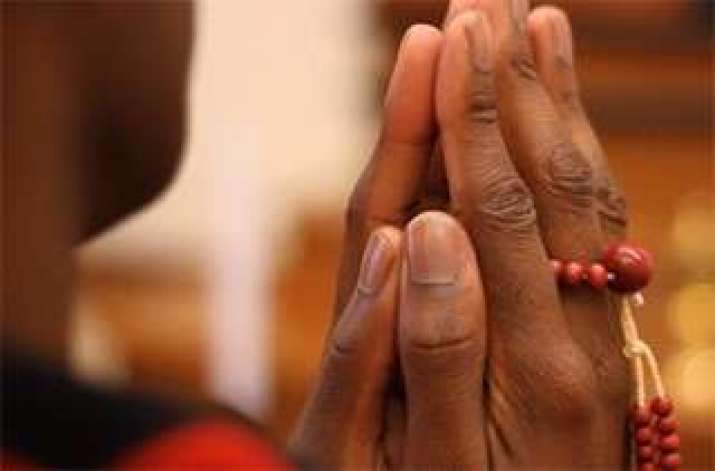 From sgi.org
From sgi.orgIn times like these, we turn our minds toward ultimate love and reliance, by going for refuge. Supplicating to the lineage, the teacher, and the deity, we arrive into the loving arms once again of the true protector:
Namo, until arriving at the very heart of awakened mind,
I and limitless mother and father beings equal to space
Go for refuge in the Guru and the Three Jewels—
Do not separate from us for even an instant, hold us with your tender care!*
In taking refuge, there are two main elements. We take refuge from fear, anger, ignorance, and all the poisons of the mind. In order to turn our hearts toward the Dharma, we take refuge in the three jewels: the Buddha, the Dharma, and the Sangha, and the guru who embodies all three.
There is never a better time than the present to take refuge in what is lasting and truly protective. In online Dharma teachings last weekend, my kindhearted teacher spoke at length about fear and anxiety in this present moment when we are faced with the global spread of disease and all that this entails. As human animals, we are moved immediately to fear if our lives and those of our loved ones are in danger. And yet our true protection lies where we place our thoughts and our compassion toward others. For lasting refuge in the continuity of mind beyond sickness and health, hope and fear, life and death, we must rely on that which is unchanging and infallible. This is in addition to following basic protocols to protect our bodies.
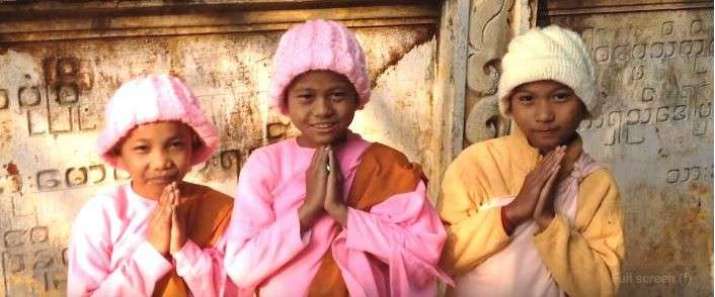 Photo by Christine Toomey
Photo by Christine ToomeyWe may be quick—in times of great strife—to fall back into habits of ordinary refuge; past addictions, distractions, and coping mechanisms such as food, drugs, alcohol, unwholesome relations, greed, hoarding, depression, lethargy. It is most challenging to look fear and pain straight in the face. Yet when we relent in our intense wish for control or knowledge of what is to come, we can lean a little bit again into reliable sources of refuge—meditation, the true nature of our own mind, the essence of our deity nature, the community of practitioners, faith and devotion. The teachings never fail to offer solace, direction, support, and healing, even a little bit of a pause, as a place to rest our thoughts and our outward search for help. The Dharma is ever-present and always applicable to current events and states of mind. It is our unfailing home and resting place, and never chastises us for forgetting or straying. The inner guru is a source of boundless love and compassion. The Dharma is here in an instant of recollection of our chosen deity, mantra, guru, or embodied practice, whether sitting, chanting, prostrating, reading, or helping others in myriad ways through service.
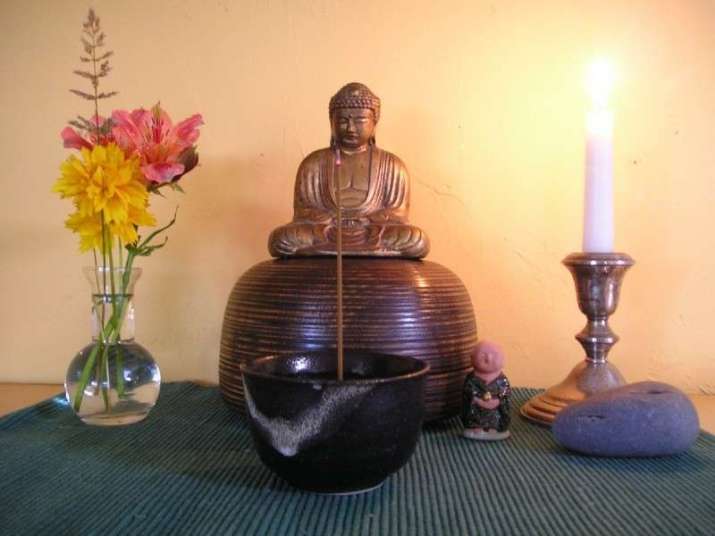 From oceangatezen.org
From oceangatezen.orgTo take refuge is to bow the ordinary mind before the extraordinary (enlightened) mind, again and again. The purpose is to seek and find lasting protection from fear, wandering in samsara, selfish concerns, and cyclical suffering (habits of mind), in order to free ourselves and to be of benefit to others. Taking refuge is to prostrate, to rely upon, to bow toward, to rest.
Many faiths and traditions have their own forms of taking refuge. Sikhs chant the protection mantra:
Aad Guray Nameh
Jugaad Guray Nameh
Sat Guray Nameh
Siri Guru Dayvay Nameh
Which translates to:
I bow to the Primal Wisdom.
I bow to the Wisdom through the Ages.
I bow to the True Wisdom.
I bow to the great, unseen Wisdom
This mantra is the Mangala Charan of the Sukhmani Sahib, a sacred prayer the title of which translates as Consoler of the Mind. Guru Arjan, the fifth Sikh Guru, wrote this prayer.** Sikhism is a relatively young religion, compared with Buddhism, yet shares the tenets of meditation and service to others, as well as taking refuge in wisdom, albeit in different forms.
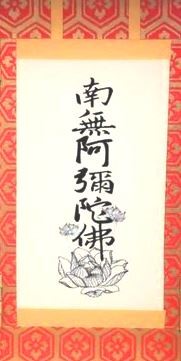
From ShrineSpace
on etsy.com
In Japanese Shin Pureland Buddhism, one practices reciting the nembutsu: Namo Amida Butsu; We take refuge in the Buddha, the Dharma, and the Sangha repeatedly, as a means to internalize the Buddhist teachings and remind us of our highest ideals. Reciting these syllables, we open our hearts once again to the Buddha’s light of compassion. This was the first practice I learned, even before I formally took refuge as a Buddhist. It has stayed with me all these years, handed down through my teacher in the family priesthood of the Unno clan, as a reminder that refuge can be the simplest practice of pure remembering.
Whatever our faith and practices may be, from one lineage or tradition or several, we have true refuge to turn toward in times of great suffering and uncertainty, for ourselves and for all beings. We take refuge that all beings might ultimately be released from fear, disease, war, and suffering of all kinds. May your refuge practice bring you solace, rest, and a true sense of home.
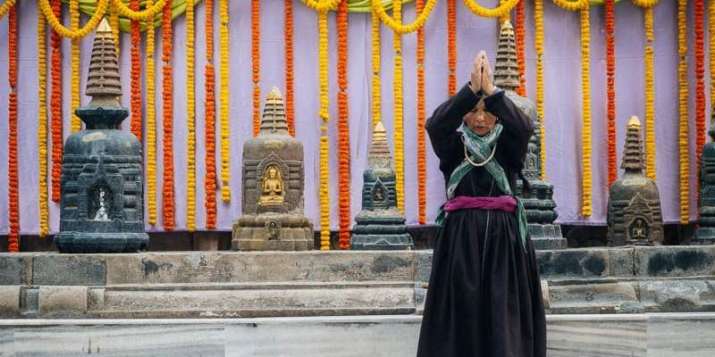 From tsurphu.org
From tsurphu.org* Supplication of Refuge to Dudjom Lingpa, Practice Manual, translated by Jacob Archuletta, The Abhaya Fellowship
** Aad Guray Nameh (Sikh Dharma International)
Sarah C. Beasley (Sera Kunzang Lhamo), author of Kindness for all Creatures: Buddhist Advice for Compassionate Animal Care (Shambhala 2019), has been a Nyingma practitioner since 2000, a certified educator, and an experienced writer and artist. She has a BA in Studio Art and an MA Candidate in Educational Leadership. Sarah spent close to seven years in traditional retreat under the guidance of Lama Tharchin Rinpoche and Thinley Norbu Rinpoche. With a lifelong passion for wilderness, she has summited Mt. Kenya and Mt. Baker, among other peaks. Her book and other works can be seen at www.sarahcbeasley.com.
Related features from Buddhistdoor Global
Buddhistdoor View: We Are All Seeking Refuge
How to Face Death - Pilgrimages and Death Rituals in Japanese Buddhism
Why Meditate?
Humility, Faith, and Other-Power: Shinran’s "Tannisho"
Meditation for Rebirth in Pure Land of Amitābha Buddha














